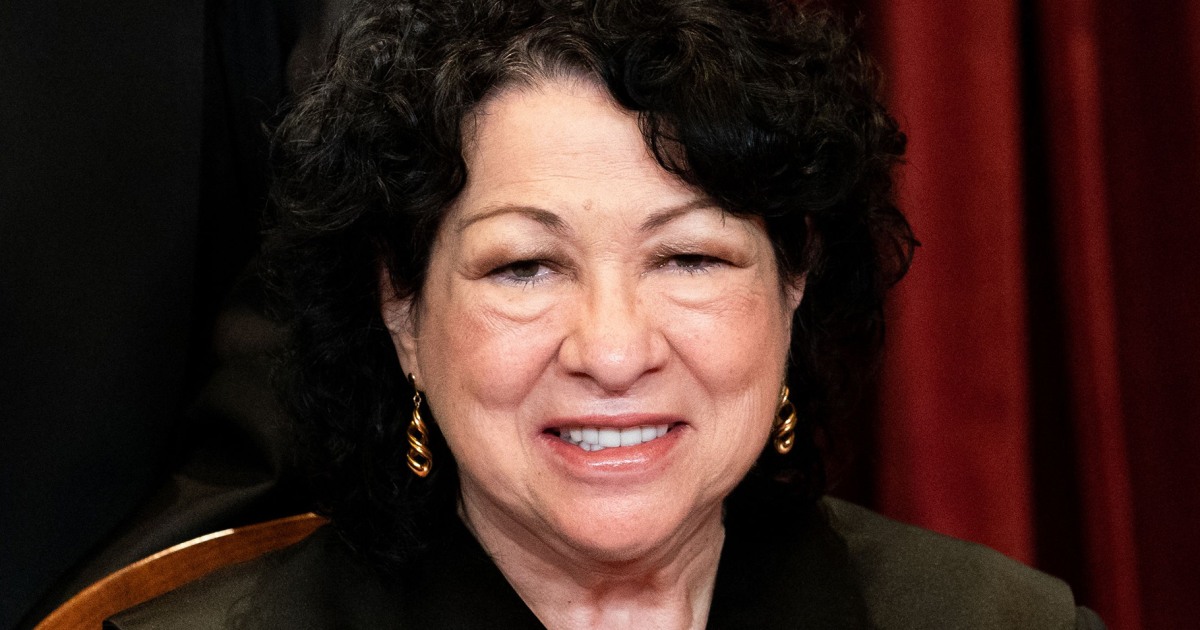A revolutionary in court clothes, a learned judge who became an icon of the left, frail and yet enduring: the dean of the Supreme Court of the United States, Ruth Bader Ginsburg, who died on Friday was a paradox in many ways.
A champion first of all for the cause of women, this brilliant jurist has, during her 27 years in the temple of American law, espoused other progressive causes, such as the defense of homosexuals or migrants.
Proud of her independence, she did not hesitate to break with the majority of her colleagues.
"I dissent"
("I do not agree"), she wrote, omitting the formula
"respectfully"
, when, during the disputed presidential election of 2000, her peers had mostly ruled in favor of George W. Bush.
The phrase, classic in legal jargon, has remained attached to it in popular culture.
To the point that T-shirts, pins or mugs bearing her image reproduce her.
Read also: Ruth Bader Ginsburg, the 85-year-old judge who annoys (a lot) Donald Trump
For Ruth Bader Ginsburg had been the object for ten years of a real cult, especially among young people.
The magistrate had even earned the nickname of
"notorious RBG"
, in reference to a rapper assassinated in 1997, "Notorious BIG".
In the cap / sneakers style, this small woman (1.54 meters) nevertheless preferred pearl necklaces, low buns and lace gloves.
At the Supreme Court, she was the only one to sport a frill over her black dress.
Far from widening the gap with her fans, this outdated style made her recognizable among a thousand and allowed to develop many products derived from her image, including costumes for Halloween.
And until the end, she had stayed in tune with her time.
"It was about time,
" commented the octogenarian in 2018 when asked about the #MeToo movement.
"Women have been silent too long, because they thought there was nothing they could do."
The other women, maybe.
But not her.
Relentless activist
Born into a Jewish family in Brooklyn on March 15, 1933, she was encouraged to pursue studies by her mother.
She
"told me to become a 'lady', and to her that meant being yourself and independent."
At Cornell University, she married a classmate, Martin Ginsburg, with whom she had two children.
“The remarkable thing about Marty is that he liked that I have a brain,”
she would later say of her husband, a reputable tax lawyer who, rare at the time, cooks and cooks. takes care of children.
In 1956, she entered the prestigious Harvard University, where she was only one of nine women out of some 500 law students.
She will finish her studies at Columbia, tied major of her class.
When he left, the New York law firms refused to hire him.
“I had three things against me.
One, I was Jewish.
Two, I was a woman.
But the most serious thing was that I was the mother of a four year old child. ”
She then becomes a staunch activist for women's rights.
Between 1972 and 1978, she pleaded six cases of gender discrimination before the Supreme Court, and won five.
Fifteen years later, she returns, this time as a judge.
Appointed by Democratic President Bill Clinton, confirmed by the Senate with an overwhelming majority, she becomes the second woman to sit on the high court with Sandra Day O'Connor.
Read also: The future of abortion rights in the United States is being played out from Wednesday at the Supreme Court
Over the following years, she overcomes four cancers and in 2010 buried her husband.
The day after the funeral, she is back on Capitol Hill, where the institution is located.
To those who advise her to retire, the dean of the institution gave the example of another judge, who remained at the Supreme Court until she was 90 years old.
If she was more and more hunched over and squeezed into her chair during the hearings, she continued to make her thin but precise voice heard.
In 2019, for the first time in a quarter of a century, she misses Supreme Court sessions, after having cancerous nodules removed, then because of a stomach problem.
At the end of July, Ruth Bader Ginsburg had however announced a relapse of liver cancer, while ensuring that she did not intend to leave her post.
The one who was described as a
"machine"
was still killed by illness on Friday, at the age of 87.
Concern now hovers in the Democratic camp about his successor.
Republican President Donald Trump - whom RBG called an
"impostor"
during the 2016 presidential campaign before regretting his remarks - has promised to appoint only judges who are favorable to the carrying of arms and opposed to the abortion.
Not quite the Ruth Bader Ginsburg profile.






/cloudfront-eu-central-1.images.arcpublishing.com/prisa/E6HHFF3LSBFABJJIUGGB5RHZBI.jpg)


